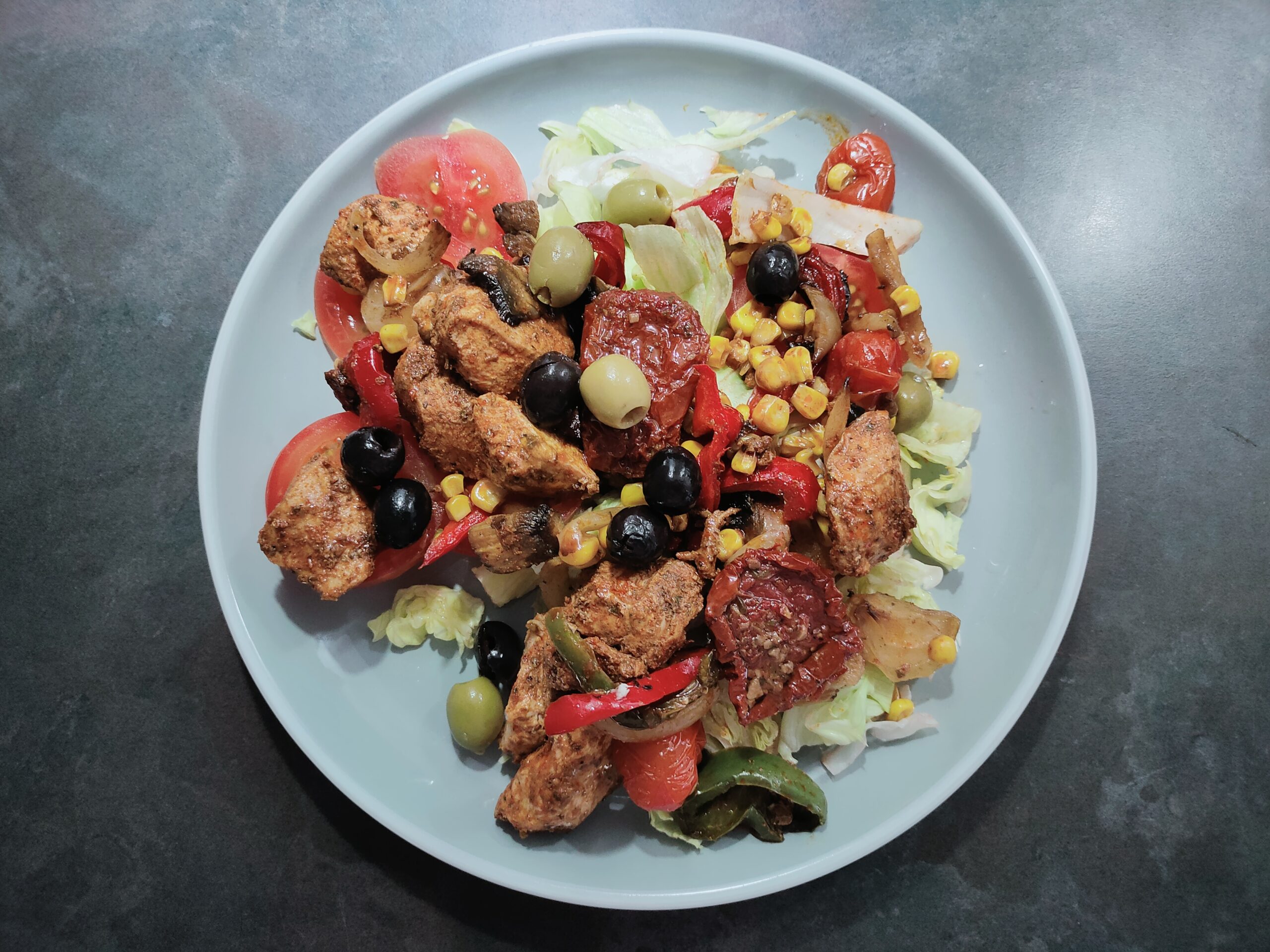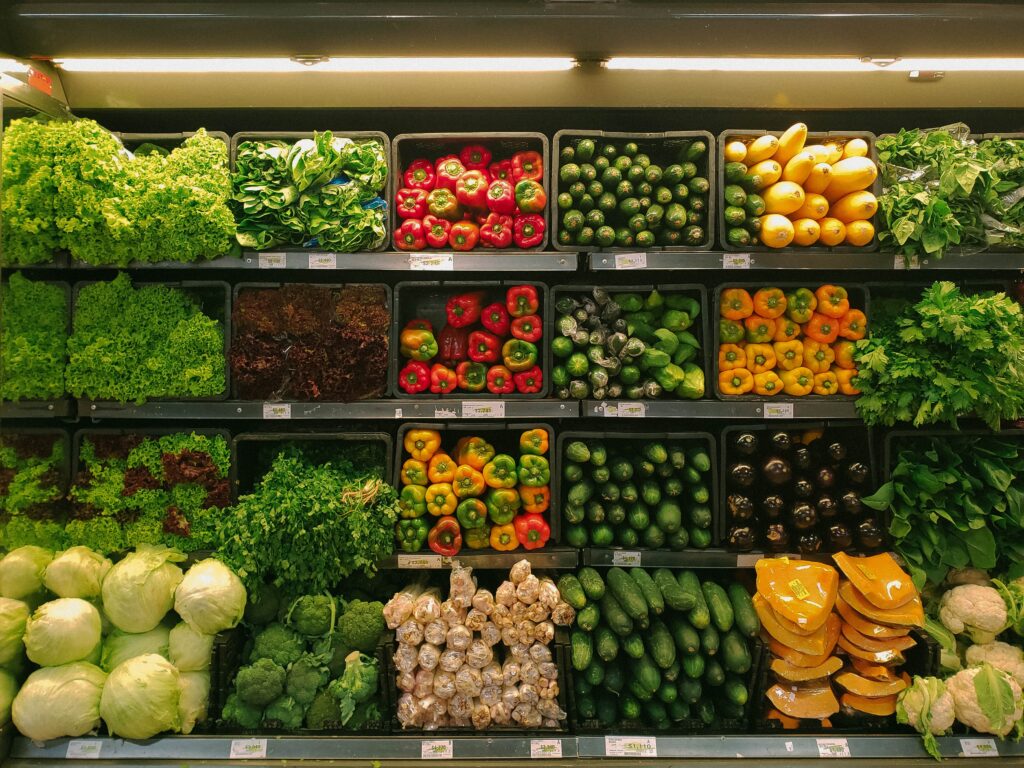
When it comes to eating healthy, it is often assumed that it is expensive and difficult to do so on a budget. However, there are many ways that you can save money and still eat healthy! Here are some great tips to help you eat healthy on a budget:
Plan your meals in advance. This will help you to avoid impulse purchases and stick to your budget.
Shop at the right time. Buying in bulk or taking advantage of sales can help you save money on groceries.
Cook at home. Preparing your own meals is usually cheaper and healthier than eating out.
Make use of leftovers. Repurposing

Start by evaluating your current eating habits
If you’re trying to eat healthy on a budget, the first step is to take a close look at your current eating habits. What foods are you spending most of your money on? Are you eating out often? What kinds of foods do you typically buy? Answering these questions can help you identify areas where you may be able to cut back or make healthier choices.
Cut out processed foods
When it comes to eating healthy on a budget, one of the best things you can do is cut out processed foods. Processed foods are typically more expensive than whole, unprocessed foods, and they’re also often less healthy. In fact, processed foods are often high in sugar, salt, and unhealthy fats. So, by cutting out processed foods, you’ll not only save money, but you’ll also be eating healthier.
It may seem that processed foods are the cheaper option, but when you take a look at portion sizes and nutrition, you could find this is a false economy!
Learn to cook from scratch
Another way to save money and eat healthy is to cook at home more often. Home-cooked meals tend to be healthier and cheaper than a restaurant and ready meals. Plus, cooking at home gives you more control over what goes into your food. You can easily make healthy choices when you cook at home.
Many people believe that cooking from scratch is complicated and time-consuming, but you can access a huge number of fast, affordable, and easy-to-make recipes for free.
Learning to cook from scratch is not difficult, but you need to give it a go and don’t be afraid to experiment with food. You can even cook healthy food in the microwave!
Make a list of healthy, affordable foods
Once you know what you want to cook, it’s time to make a list of the healthy, affordable foods you will need. This may include items such as fresh fruits and vegetables, lean protein sources, whole grains, and low-fat dairy. Having a list of items that you need will help you avoid waste.
Cheap foods include:
Carbohydrates: rice, pasta, potatoes, cous cous – you should limit starchy carbohydrate intake as part of a healthy eating plan.
Vegetables (carbohydrate): carrots, swede, parsnips, cabbage, peas, mixed vegetables, broccoli, mushrooms, peppers, salad, tomatoes, etc. Buy frozen for cheaper veggies and bulk your meals with these.
Beans and legumes: Often overlooked as a cheap source of protein and carbohydrate, use beans, chickpeas, lentils, barley, soup, and broth mix, and split peas as a healthy inclusion to many meals.
Cheaper cuts of fish and meat and trim the fat at home.
Eat healthy food that has a long shelf life
One misconception of healthy eating is that food must be fresh. There is a belief that we should eat fruits and vegetables from the fresh produce section.
Frozen fruit and vegetables are frozen soon after picking, this helps them retain their valuable nutrients as they are harvested. They can be more nutritious than the fresh versions in your supermarket. You can learn more about fresh vs frozen vegetables here.
Eating dried or tinned beans and legumes are also a great way to eat healthy. These can be added to soups and stews to create filling comfort foods, mixed beans are fantastic in big pots of homemade chili or used in a salad. Use lentils or barley as a replacement for rice, or even mix with rice for an extra nutrient kick.
Did you know that you can parboil and freeze potatoes? Did you know that you can blanch vegetables and freeze them too? Fresh vegetables can be prepared and frozen for another day which means that you can eat fresh and avoid waste.
Keep your peelings and outer leaves to add to any stock you make – more coming up on stock, read on.
You can still eat healthy protein on a budget.
There are also a number of options for healthy proteins and these do not have to be meat-based. Meat and fish are expensive and not everyone can afford the lean cuts that often come with a higher price tag. Fortunately, you can make the cheaper cuts healthier and there are some ways to boost your protein using non-meat-based foods.
Cheaper cuts of meat are often cheaper because they contain fat and bones. These are usually not part of the meat that you will eat, so you will lose nothing by removing them before cooking. You can actually gain from removing these parts!
One of the quickest and easiest ways to make your meat lean is to remove the fat. Grab a sharp knife or kitchen scissors and trim the fat. Pour the fat out of mince and other meats when you brown it.
Tinned fish is great to use as toppings on baked potatoes, as protein in salads, and to make sandwiches for lunch. Oily fish is also amazing for heart health.
Eggs are a fantastic source of protein and omelets can make a fantastic meal for breakfast lunch or dinner.
You can also create complete proteins by combining incomplete plant-based proteins. This means that by choosing to combine certain grains and vegetables, you can subsidize a lack of meat or fish protein by making sure your meal contains all the required amino acids that make a complete protein. You can find out more about combining proteins in this great article at nutrition.org.
Harness the goodness of stock and waste less food
Use the leftover bones from chickens or meat joints for stock. Boiling bones for a long time release collagen and bone marrow which creates a highly nutritious stock for soups and stews (throw your waste peelings in too). If you are not ready to use it, let it cool and freeze it for another day.
Batch cook to eat healthy when you are short on time
Often, the ingredients you need will be cheaper if you buy in bulk, and most home cooking freezes well, so plan to make large portions of meals that you can divide into portions and store in the freezer for another day. This will not only save you money but time and energy on your busy days.
Use herbs and spices
One of the best tips for healthy eating is to get used to using herbs and spices. You can buy herbs and spices cheaply and build up your collection over time because they last for ages. Cooking with herbs and spices, you can create amazing-tasting meals from basic ingredients.
Make use of leftovers
Making use of leftovers is a great way to save money and eat healthy! Here are some tips to help you make the most of your leftovers:
Plan ahead – Buy food that you know will provide more than one meal.
- Use leftover roast chicken to create a great stir-fry or curry and the bones can be used to make a chicken stock base for soup.
- You can stir-fry leftover rice with vegetables and diced meat for a delicious and healthy stir fry.
- Meat left from a gammon joint can be added to yellow split peas, carrots, and onions to make a great pea and ham soup.
- Use leftover cold meat to make fajitas or wraps and salads for lunch.
- Use leftover chili to make burritos, tacos, quesadillas, or enchiladas
- Roast vegetables in the oven for a great side and use the leftovers to mix with protein and pasta.
- Use stale bread to make croutons or breadcrumb/crust dishes
- Reheat potatoes for another meal, potatoes contain more resistant starch when cooled and reheated.
Healthy eating can be simple
Although it can feel overwhelming at first, eating healthy will get simpler over time.
Make small changes over time, introduce new recipes one by one and start with the simple ones first. Keep recipes you enjoy and discard the ones that don’t work for you.
You will soon settle into a new pattern of eating and enjoying your new meals!
Always be sure to check with your GP or health care professional before starting a new exercise or nutrition program and seek support from an exercise professional to ensure you are exercising correctly.
